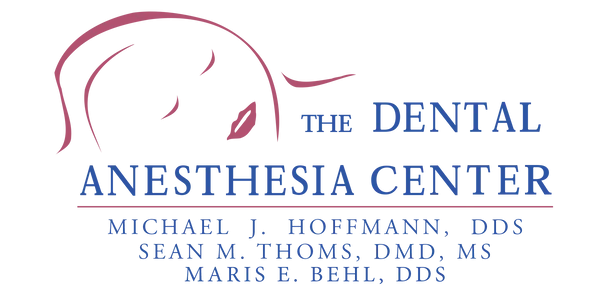Schedule an appointment today if you suspect any signs of receding gums. That way, you can protect your overall health and have a perfect smile.
According to research, three out of four American adults suffer from gum disease in their lifetime, including gum recession. Here’s what you need to know about receding gums, including what causes it, the common symptoms, and treatment options.
Causes of Receding Gums
Several factors can lead to gum recession. These include:
- Periodontal Diseases: You stand a greater chance of having receding gums if you suffer from periodontal diseases such as gingivitis. These infections contain bacteria that eat away at the tissue and bone supporting your teeth.
- Genes: If your family has a history of gum disease, you’re more likely to develop gum recession at some point in your life.
- Aggressive Brushing: Rigid and wrong brushing tactics such as using a hard bristle toothbrush can lead to the physical wear of the enamel, causing receding gums.
- Smoking: Tobacco-related plaque can leave you susceptible to dental conditions, such as peritonitis and gingivitis. These diseases increase the risk of your gums receding.
- Hormonal Changes: Transitional periods in a woman’s life, such as puberty, menopause, or pregnancy, can cause gums to recede due to hormonal imbalance.
What Receding Gums Look Like
You may not know you have receding gums until it’s too late because the symptoms may not be evident immediately. Watch out for the following common signs to avoid losing your teeth.
- Change in Teeth Appearance: A tooth can appear larger than usual. Exposed roots and space between your teeth are clear signals your gums are receding.
- Loose Teeth: If your teeth gradually become less firm, you may have gum recession.
- Sensitivity: Sensitive teeth reactions to hold and cold items come from exposed roots.
- Bleeding Gums: It is usually because of the worn-out gum tissue when your gums bleed after brushing and flossing.
- Bad Breath: A foul smell from your mouth can also be a sign of gum infection and recession.
Treatments for Receding Gums
The treatment for receding gums depends on the severity of a case. However, a shot at full recovery lies in:
- Deep Clean and Medication – Patients with acute gum recession can recover fully after a deep clean done by a professional dentist. This involves removing the plaque or tartar stuck between your gums and the root. Antibiotics are also necessary to kill any bacteria left.
- Surgery – Severe receding gums cases require sterner action in the form of surgery. The approved surgical procedures include:
- Graft Surgery – During this procedure, the operating doctor uses a regenerative material, such as a bone or tissue, to facilitate the growth of a new gum. You’ll need to maintain basic oral hygiene for the procedure to be effective long term.
- Flap Surgery – In this treatment, the surgeon lifts your gums and reverts them into their original position, but not before placing a gum tissue of the root tooth to seal off pockets of space.
- Orthodontics – The specialist repositions your teeth with the gum margin using special treatments that usually take a longer period to take full effect.
The Dental Anesthesia Center
Schedule an appointment today if you suspect any signs of receding gums. That way, you can protect your overall health and have a perfect smile.
Call Us Today
The first two board-certified Dentist Anesthesiologists in the state of Missouri.
